Image The Biaophore polisher
€40,00 – €100,00Price range: €40,00 through €100,00 "without VAT"
Image The baiophore polished with handmade silk screen printing on a polished gold background in various dimensions. All the icons of the Orthodox calendar are made.
Image The baiophore polished with handmade silk screen printing on a polished gold background in various dimensions.
All images of the Orthodox calendar are made in any size.
The scene refers to the Gospel passage describing Christ’s triumphal entry into Jerusalem six days before Easter. These incidents are spoken of by all the Evangelists: Matt. Matthew 21:1-11, Mark 21:1-11, Mark 21:1-11, Matthew 21:1-11, Mark 21:1-11, Mark 21:1-11, Mark 21:1-11, Mark 21:1-11, Mark 21:1-11. 11:1-10, Λουκ. 19: 29-38, Ιωάν. 12:12-15.
The icon of the Baphore artfully describes the historical event of Christ’s triumphal entry into Jerusalem, revealing at the same time the “hidden mystery” and the deeper meaning of the events.
It is also the first in the series of icons that refer to the Passion and we find it in ecclesiastical art from the earliest Christian years, in the sarcophagi of the Catacombs.
In the icon we see Christ seated on a footstool and the Disciples following, with the Apostle Peter at the head. The procession is marching towards the gate of the entrance to the city, where a crowd of people are waiting for Him, carrying boughs of birch and palm trees.
The faces of the people are joyful and enthusiastic, as they believe that Christ is the expected Messiah who, according to the traditions of the Jewish people, would come to Jerusalem at Passover and free the enslaved nation.
With the event of Christ’s entry into Jerusalem, the prophecy of the prophet Zechariah was fulfilled, saying: “Rejoice, O daughter of Zion; declare, O daughter of Jerusalem; behold, thy king cometh unto thee, righteous, and saving, good and sure, for a substitute and a newborn” (Zech. 9:99).
To the left of and behind the depiction of Christ, a rocky place is painted. This defines the radius of the path of Christ and the disciples from Bethphage, which was a suburb of Jerusalem near the Mount of Olives, to the centre of the city.
The scene is graced and enriched by the presence and joyful participation of the “acacia children of Israel” who either climbed up the trees for the cutting of the branches or spread their garments on the road to welcome Christ, representing the pure and faithless souls who welcome the “King of Glory”.
Christ is painted seated sideways on the blessed footstool.
So He appears to be a glorious and glorified leader, visiting His subjects. In His other hand He holds a closed scroll, a symbol of the law of the New Covenant, which He is to make with man by offering His blood as a ransom. The slight backward turn of His head gives the impression that He is conversing with the first of the Disciples’ cohort, the Apostle Peter.
By this the hagiographer wants to point out that the leader glorified by the crowd, although he appears as a king, is none other than the “Lamb of God, who takes away the sin of the world”.
The whole scene, although describing moments of glory and triumph, shows something very paradoxical: We see the people acclaiming as earthly King the One whom they had repeatedly and clearly proclaimed: “The kingdom is not of this world”. (John 12:36).
- 100% guaranteed transaction!
- 100% money back guarantee!
- Immediate delivery to the products we have in stock.
| Weight | N/A |
|---|---|
| Dimensions | N/A |
| Icon Decoration | with handmade serigraphy, with polished gold, with wood |
| Collection | Church supplies |
| Icon Type | Polisher, Serigraphy |
| Size | Big – LG, Medium – MD, Small – SM, Very small – XS |
| Material | Wooden |
| Representation | Entry Into Jerusalem |
Only logged in customers who have purchased this product may leave a review.
You may also like…
Hierarchical Items
Church supplies
Church supplies
Related products
Church supplies
Church supplies
Church supplies
Church supplies
Church supplies
Church supplies
Church supplies
Church supplies

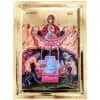

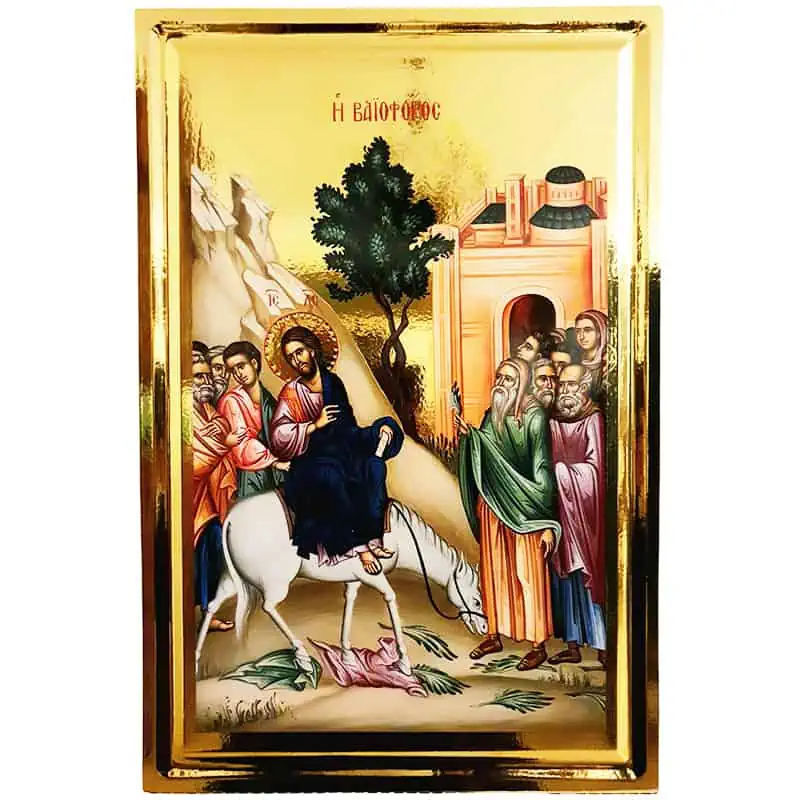
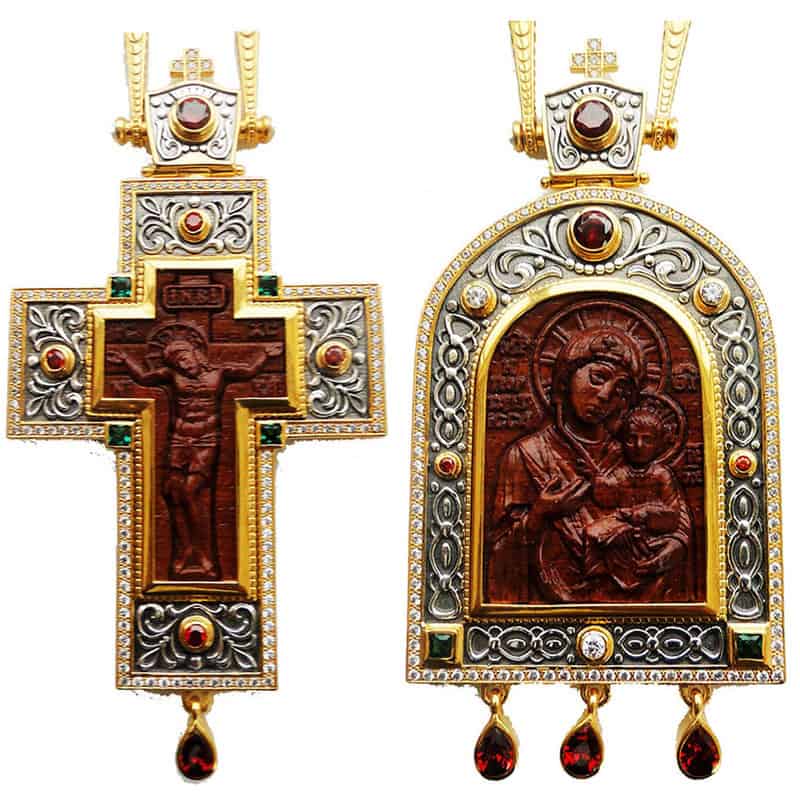
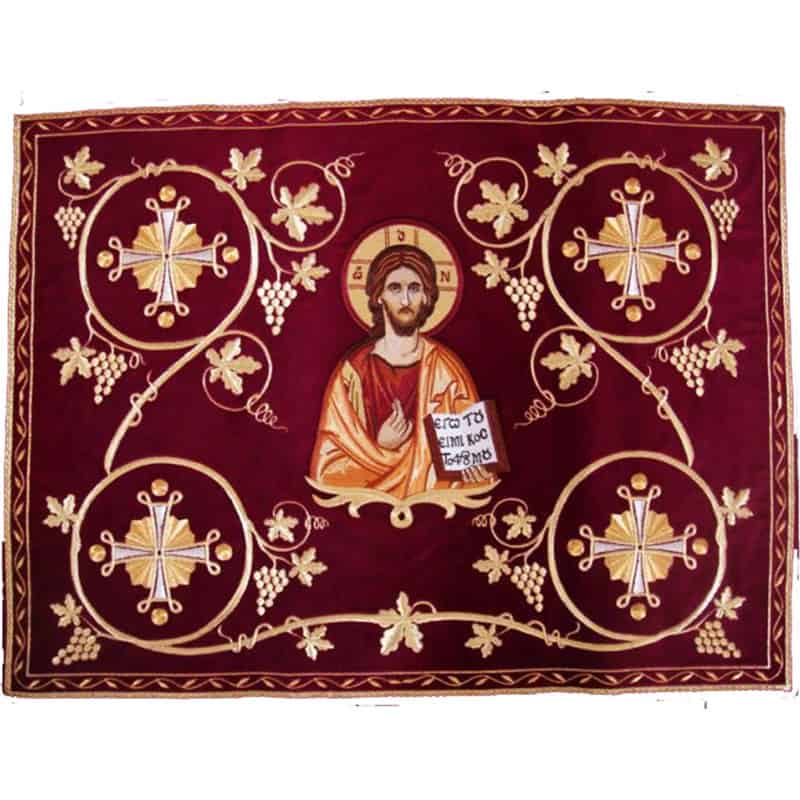
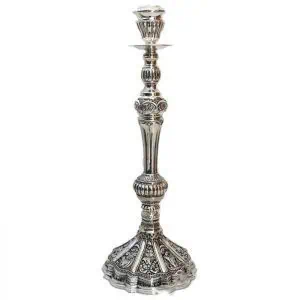
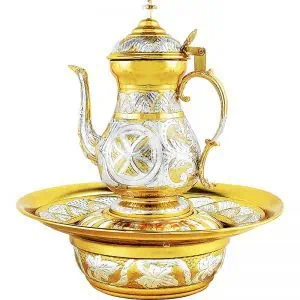
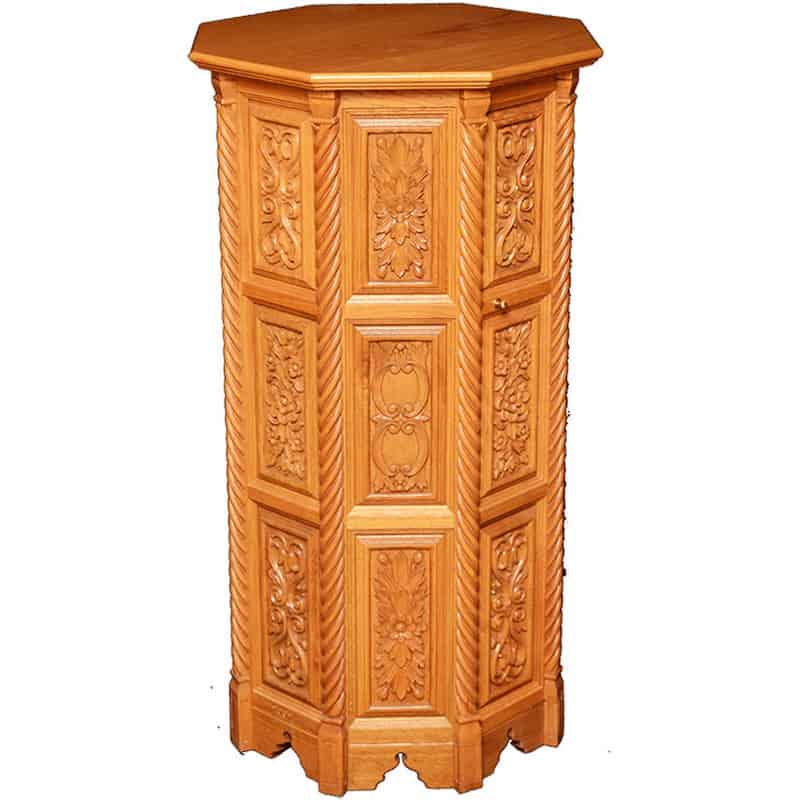
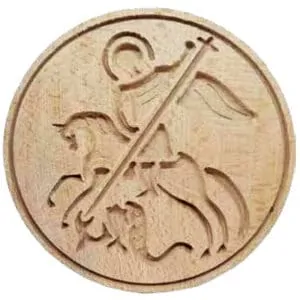

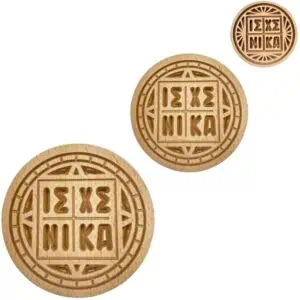

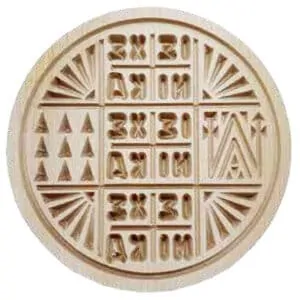
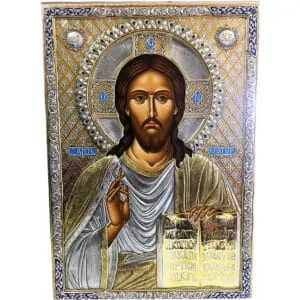
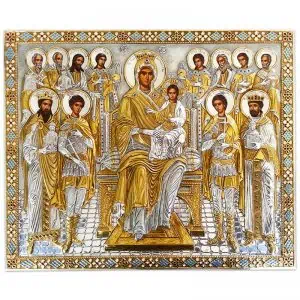
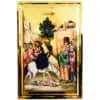
Reviews
There are no reviews yet.